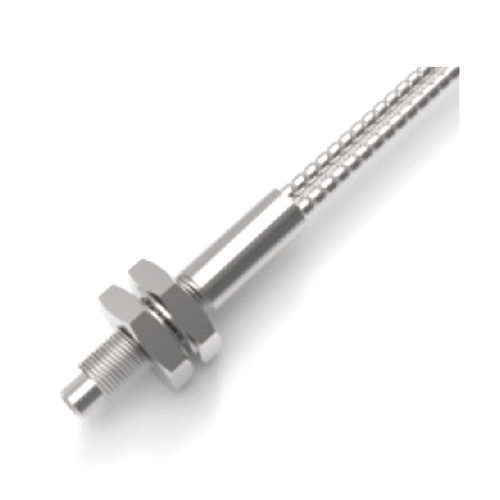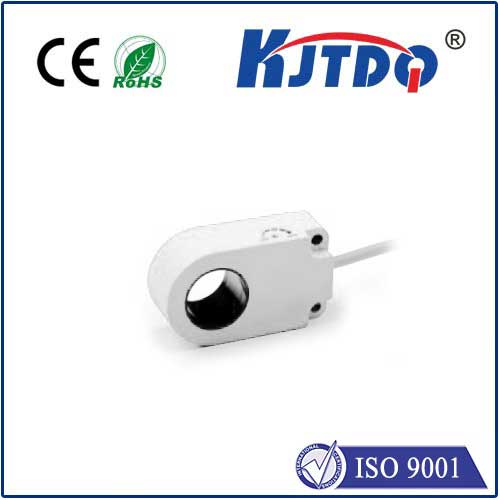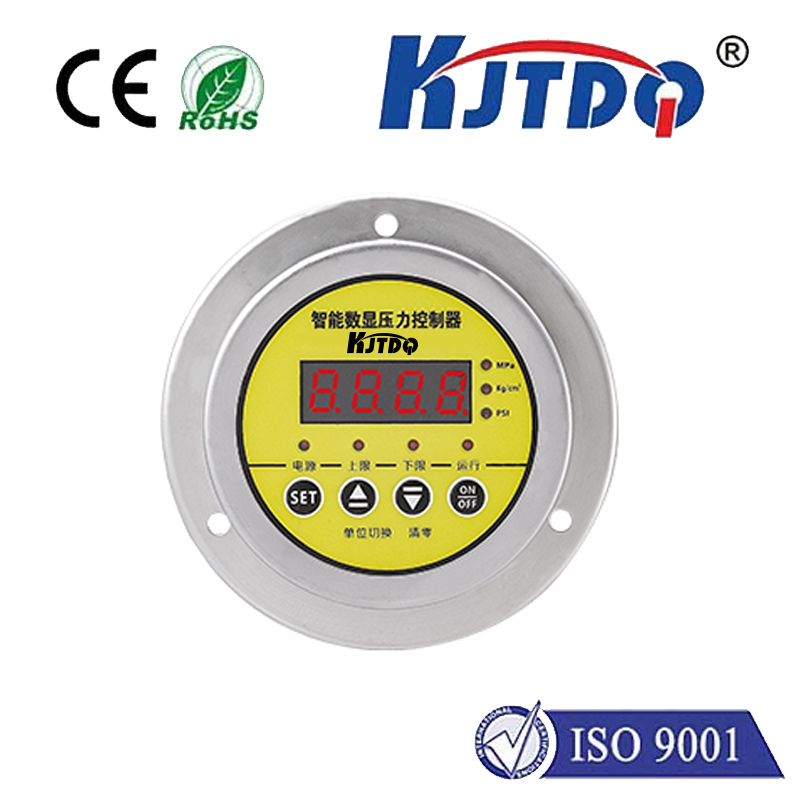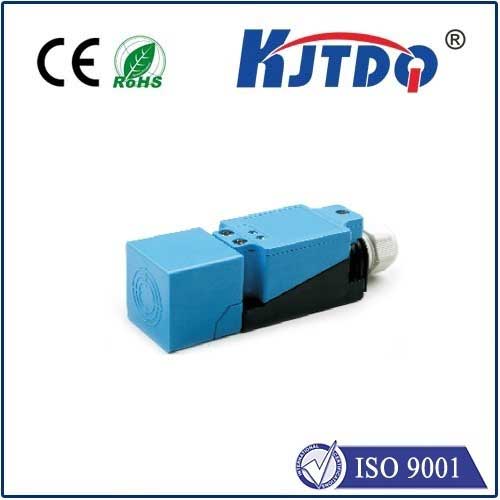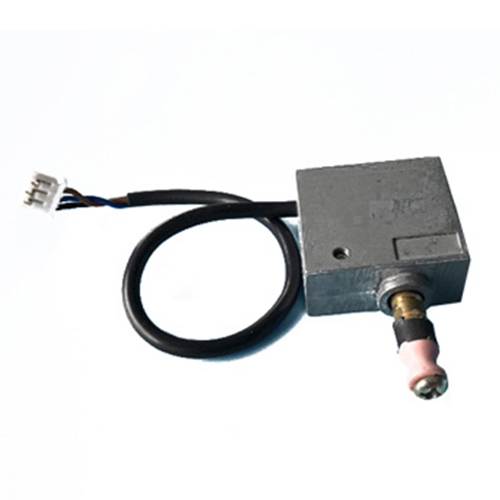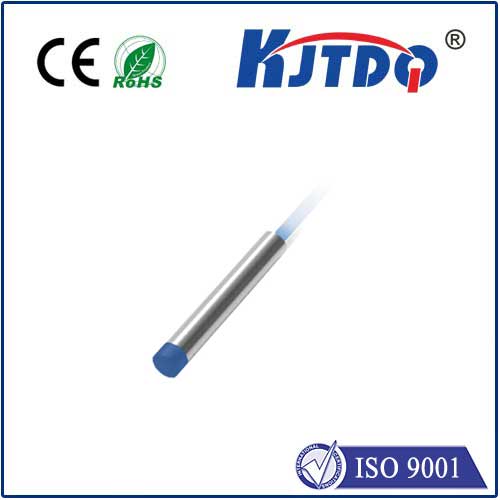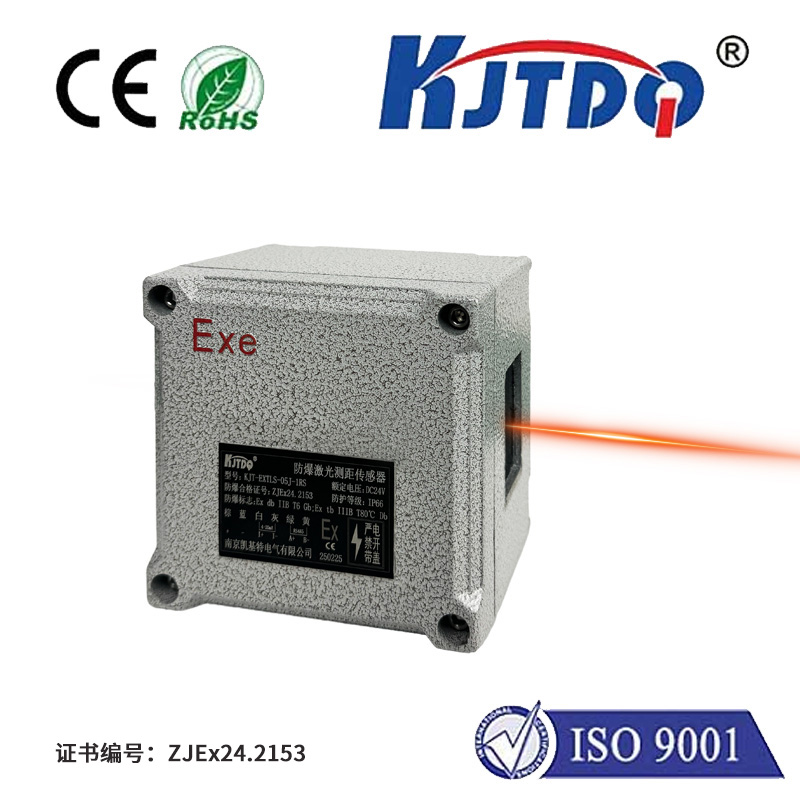red laser sensor
- time:2025-08-29 04:56:22
- Click:0
Unlocking Precision: How the Red Laser Sensor Powers Modern Industry
The Precision Powerhouse: Why Red Laser Sensors Dominate Industrial Measurement
Imagine a high-speed bottling line whirring past, each container perfectly filled to the millimeter. Or picture an intricate robotic arm assembling a microchip, positioning components with microscopic accuracy. Behind the scenes of countless modern marvels, an unassuming yet critical technology often plays a starring role: the red laser sensor. More than just a beam of light, these devices are fundamental tools of precision, reliability, and automation across a vast industrial landscape. Understanding their strengths and applications reveals why they remain a cornerstone of modern sensing solutions.
Beyond the Visible: What is a Red Laser Sensor?
At its core, a red laser sensor projects a highly focused, visible (typically at 650nm wavelength) laser beam onto a target object. It then detects how this light interacts – whether through reflection, interruption, or triangulation – to gather specific information. This could be:
- Presence/Absence: Has a part arrived at a specific point on the assembly line?
- Distance/Displacement: Precisely how far is the sensor from the target surface?
- Contour/Profile: What is the shape or height profile of an object?
- Positioning/Alignment: Is this component perfectly seated or aligned?
The key differentiator from simple LEDs is the laser’s coherence and focus. This concentrated beam allows for longer sensing ranges, detection of minute details, exceptional accuracy, and immunity to many ambient light conditions. While other wavelengths exist (blue, infrared), the visible red laser offers a unique blend of performance and practicality.

The Enduring Strengths of the Red Beam
Why has the red laser sensor maintained its prominence, even as technology advances? Several inherent advantages solidify its position:
- Human-Visible Beam: The most obvious benefit. Seeing the exact point of detection simplifies setup, calibration, troubleshooting, and alignment. Engineers can visually confirm where the sensor is measuring, drastically reducing commissioning time and potential errors.
- High Brightness & Contrast: The intense red spot provides excellent contrast against most backgrounds, making detection of small objects, dark surfaces, or fine features exceptionally reliable. This translates directly to reduced false triggers and increased production uptime.
- Fine Spot Capability: Lasers can be focused to very small diameters. This allows for precise detection of tiny components, measurement on curved surfaces, or targeting specific features within a complex assembly. Think detecting the presence of a tiny screw head or measuring the edge position of a silicon wafer.
- Longer Ranges: Compared to standard LED-based photoelectric sensors, red laser variants can achieve significantly longer working distances while maintaining accuracy. This offers greater flexibility in sensor mounting and expands application potential.
- Improved Accuracy & Resolution: The narrow, coherent beam enables highly accurate distance measurement and position detection, crucial for quality control and precision manufacturing.
Where the Red Beam Shines: Diverse Applications
The red laser sensor is incredibly versatile. Here’s where it excels:
- Factory Automation: Precise object detection on conveyors, position verification for robotic arms, part counting, and assembly verification. Their reliability keeps production flowing smoothly.
- Material Handling: Ensuring proper package stacking, palletizing alignment, and controlling fill levels in bins or hoppers.
- Packaging & Labeling: Verifying label presence/position, inspecting package integrity (e.g., detecting flaps or tears), and controlling lid placement accuracy.
- Electronics Manufacturing: Detecting tiny components (chips, pins), verifying soldering points, aligning PCBs, and ensuring precise tolerances during assembly. Their fine spot size is indispensable here.
- Woodworking & Metal Fabrication: Guiding cutting machinery, measuring material thickness, controlling sanding depth, and detecting warpage.
- Logistics: Dimensioning packages for shipping, verifying loading dock alignment, and automating warehouse retrieval systems.
- Robotics: Providing precise feedback for robot positioning, obstacle detection, and path guidance.
Choosing the Right Red Laser Sensor: Key Considerations
Not all red laser sensors are identical. Selecting the right one depends on the application:
- Type: Diffuse-reflective (detects reflection from target), retro-reflective (uses a reflector), through-beam (separate emitter/receiver), or laser triangulation (for distance/height). Laser proximity sensors offer close-range precision.
- Range: Select based on the distance needed to the target object.
- Spot Size: Smaller spots for tiny features; larger spots might suffice for presence detection.
- Resolution/Accuracy: Critical for measurement tasks.
- Response Time: How quickly must the sensor react? High-speed applications demand fast response.
- Environmental Factors: Consider exposure to dust, moisture, vibration, or extreme temperatures. Look for appropriate Ingress Protection (IP) ratings.
- Output Type: Does the system require a simple digital signal (on/off) or analog data (distance value)? PLC connectivity is often key.
The Future: Still Bright and Evolving
While other sensing technologies advance, the fundamental advantages of the red laser sensor – visibility, precision, and reliability – ensure its continued relevance. We see ongoing development in areas like:
- Integrated Intelligence: Sensors with built-in measurement calculations and data processing capabilities.
- Enhanced Connectivity: Seamless integration into IIoT (Industrial Internet of Things) ecosystems.
- Miniaturization: Smaller sensors for denser mounting in compact machinery.
- Improved Robustness: Designs resilient to even harsher industrial environments.
Illuminating the Path Forward
From ensuring your soda can is filled perfectly to guaranteeing the precise positioning of a life-saving medical device, the red laser sensor is a workhorse of modern industry. Its unique combination of visible light, focused precision, and robust performance provides engineers and automation specialists with an indispensable tool. The ability to literally see where the sensor is measuring, coupled with its inherent accuracy and reliability, makes it a cornerstone technology for countless tasks demanding unwavering quality and efficiency. As automation complexity increases, this versatile sensor continues to evolve, illuminating the path towards even greater levels of precision and control in the factories and systems that shape our world.






